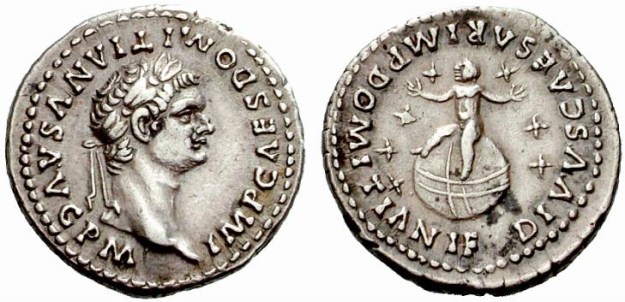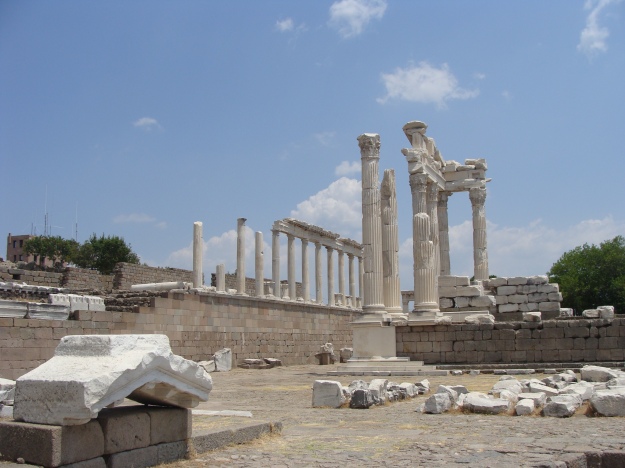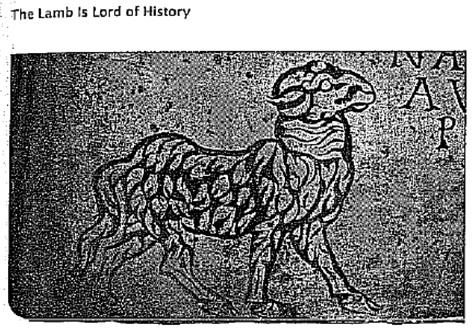The last two weeks we have pondered the New Jerusalem at the end of Revelation, and now my thoughts are turning toward present day Jerusalem. In a week and a half – on Monday, Nov 9, I’ll be flying out to Tel Aviv with a group of 15 other Mennonite pastors from the Midwest. We’ll be on a two week learning tour which will begin in Bethlehem, proceed to Galilee, and end up in Jerusalem. I’m not sure if the organizers planned it this way, but someone has already observed that this itinerary traces the trajectory of Jesus’ life.
We’ll be doing some visiting of biblical sites and the ancient stones that remain, but our main purpose will be to encounter what Palestinian Christian leader Elias Chacour calls the “living stones,” borrowing from 1 Peter 2:4. The living stones are the people inhabiting the geography we refer to as the Holy Land – trying to raise families, hold jobs, get an education – trying to survive in a conflicted place. Encountering the living stones means we’ll be meeting with Palestinian and Israeli peacemaking groups that work at addressing the political, religious, agricultural, and social realities in the area. We’ll meet Palestinians now having a multi-generational existence in refugee camps. It also means we’ll be meeting with people like Bob Lang of the Efrat Settlement Council, to hear why he moved to this illegal Jewish settlement in the West Bank.
I’ve been preparing mentally through readings – My Promised Land by Ari Shavit, and Blood Brothers by Elias Chacour are both excellent. In the last couple days I’ve realized how much I need to prepare spiritually as well. How does one prepare one’s heart to enter a combat zone? How does one prepare to witness injustice, and then to leave?
I don’t intend to carry home any stones from the Holy Land, but I like the idea of this trip being about collecting a hand full of living stones. Not a whole crate full, which would be too much to bear, but a hand full of faces, stories, villages, and organizations doing the kind of work which makes life livable. These are the stones that the New Jerusalem is made of.
It’s very important to me to enter this experience not as an individual, but as a representative of our congregation, Columbus Mennonite Church. During my time there I will attempt to do some blogging, and when I return we’ll have the Advent season to consider some of these difficult stories and to marvel that the Christ light shines in the darkness. I will pass these stones around and invite you to turn them over in your hand, to appreciate their beauty, and help determine what they are saying to us.




